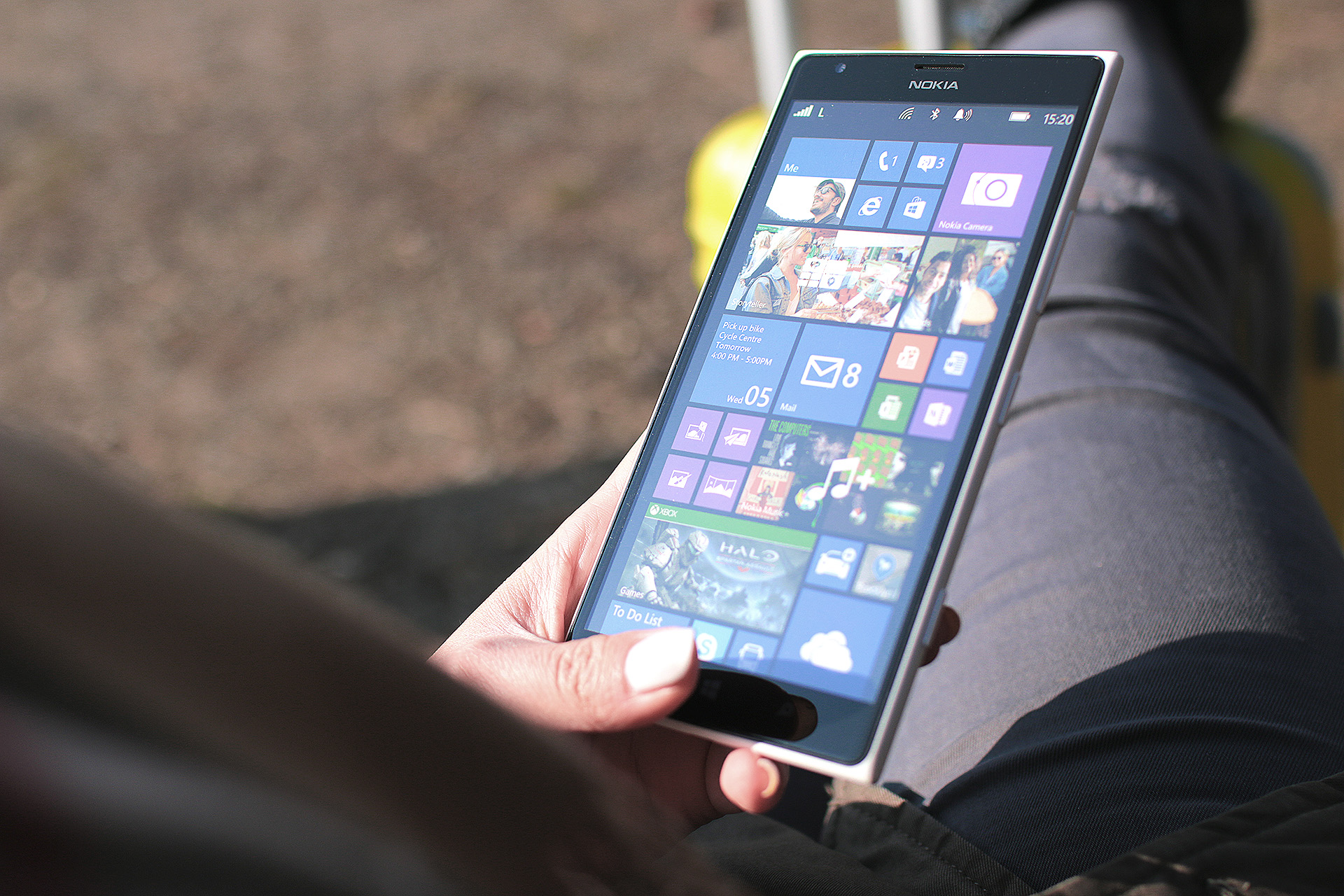The pandemic has certainly changed the face of the business landscape. There was a point where nearly all businesses that did not require the physical exchange of goods migrated to a digital format, at least temporarily in some capacity. There were entire teams, departments, and even organizations that were suddenly thrust into a digital meeting space that seemed so limiting at first.
But like anything else, we adapted, business at large adapted, and the virtual meetings became routine and unexceptional. Many people realized, however, that in-person meetings were not as necessary as we always thought, and while they do offer the ability to read body language easier, remote meetings have become preferred in nearly all situations. Let’s examine several reasons why.
Comfort
This is a big upside. More people find remote meetings to be more comfortable, not just because they don’t have to wear pants, either. There is a great deal of anxiety and even apprehension that can occur with even the most boring, pre-scheduled meetings. Holding remote meetings can help reduce these feelings of anxiety and result in a more comfortable workforce.
Flexibility
The ability to hold meetings and communicate in a group environment is vital to a healthy team. The flexibility of being able to hold a meeting without worrying about someone’s ability to physically attend the meeting can be a game-changer. Meetings can span zip codes, time zones, and continents without a hiccup. Remote meetings can also eliminate the problems of working around child care, transportation issues, or extended illness.
Scalability
One of the many benefits that meeting room software can offer in conjunction with remote meetings is the ability to seamlessly expand a meeting from 4 people to 400. The scalability of remote meetings means you don’t have to think about physical infrastructure to hold large meetings or discussions. You don’t need to think about how many seats are there or making sure everyone shows up, the software mitigates all of those issues.
Reduced Expense
There is a real-world, bottom-line cost to holding meetings in person. This doesn’t end at the payroll for the duration of the meeting and loss of productivity, either. This can be a big factor in meetings that often have hospitality, such as coffee, soda, snacks, and even lunch or dinner depending on the situation. Remote meetings cut that all out. Since people are in their own environment, they are not reliant or expectant of your hospitality.
More Focused
If you have never been a part of a remote meeting, and you have the opportunity to do so, you may never want to show up in another conference room full of off-topic chatter again. The amount of time that is saved and the enhanced focus and productivity of the meetings is really something to behold. Not only is there less crosstalk and interruption, but the integration of visual aids can help to illustrate conversational points much more effectively.


